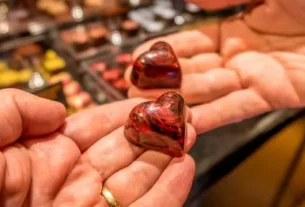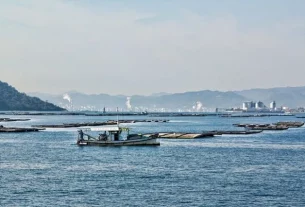I first heard about the magic of kairo when we were preparing to go to Japan for the Sapporo snow festival. I live in the sub-tropics and I really don’t like to be cold so I was wondering how people went about day to day life when it snows every day and the temperature has a minus in front of it.
When you’ve always lived in a temperate or subtropical climate it can be hard to imagine what extremes of cold feel like other than the cold room at the local bottle store. I’m sure that goes the other way round too for those living in cold climates and travelling to tropical islands or the desert.

We loved spending time in Sapporo in winter, hiking in the snow through a National Park in Nagano and a whole range of other snow-based activities while in Japan. It was wonderfully different to anything I’d experienced before and to play in fresh powder show was a lot of fun even as an adult. I would absolutely rush back to Japan in the wintertime as soon as I get another chance. That said, the tip I received about kairo was a good one and not something I’d heard of before so I thought I’d share.
So what are Kairo and how do I use them?
Kairo are a single-use heat pack that you activate when you are ready to use it and they stay hot for at least 8 hours, some brands up to 15 hours. You pop them into your pockets to keep your hands warm or attach them to your clothing such as an undershirt to provide heat around the body core and lumbar area. They are extremely toasty and comfortable to use.
As far as I can tell the extensive use of this form of a heating pad to keep warm is fairly unique to Japan but it turns out that they are useful for any cold-weather sports or activities and also beneficial for arthritis or other injuries that are effectively treated or managed with heat.
Japan doesn’t use central heating to the degree that many western countries do and both walking and use of public transport is the norm so people spend significantly more time outside.
There are a few key differences between kairo and the more common heat packs we use in the west such as wheat bags, hot water bottles and the crystal click heat packs. The first is that they can be easily transported and activated when needed without other equipment. What I find most useful though is that they are thin and discreet, fitting unobtrusively inside your clothing and once attached in place they mould to the body and don’t move around or need adjusting. Kairo also stay hot for a much longer time than other options I’ve used.
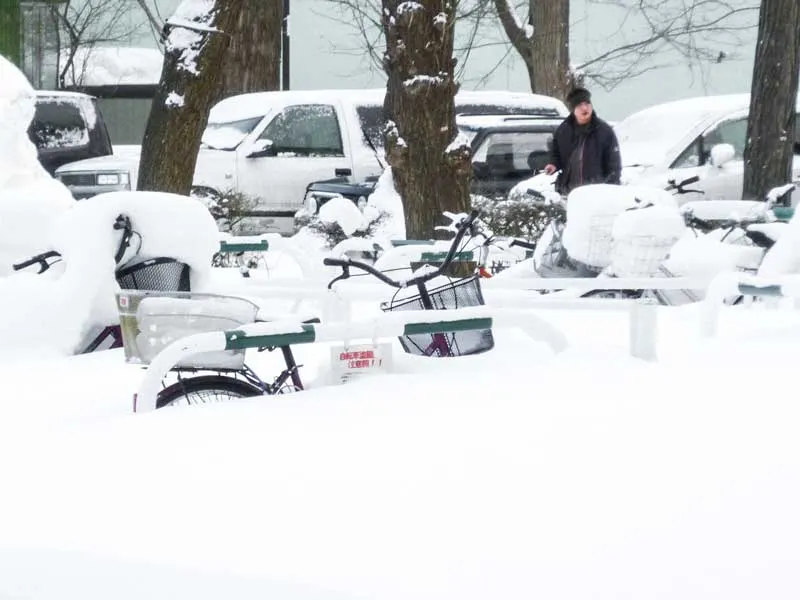
Kairo are usually purchased in bulk packs, the ones we got were in packs of 10 and they are individually sealed inside. When you’re ready to use one you remove the plastic cover and the pad will activate when exposed to the air. I believe an older type required a bit of a vigorous shake and some people still seem to do that out of habit but it’s not required. Just pop it in your pocket or remove the adhesive backing and attach it to the clothing closest to the body. Don’t attach it directly in contact with skin because they do get quite hot, somewhere between 40 -65 degrees Celsius.
Different forms of kairo
I found the kairo in a versatile rectangular shape initially and these are great to add inside clothes where you feel the cold most. The heat packs now come in a variety of different forms too. There is a longer butterfly shape that is suggested for shoulder pain but also works well on the lower back for discomfort or warmth on the sacrum area.
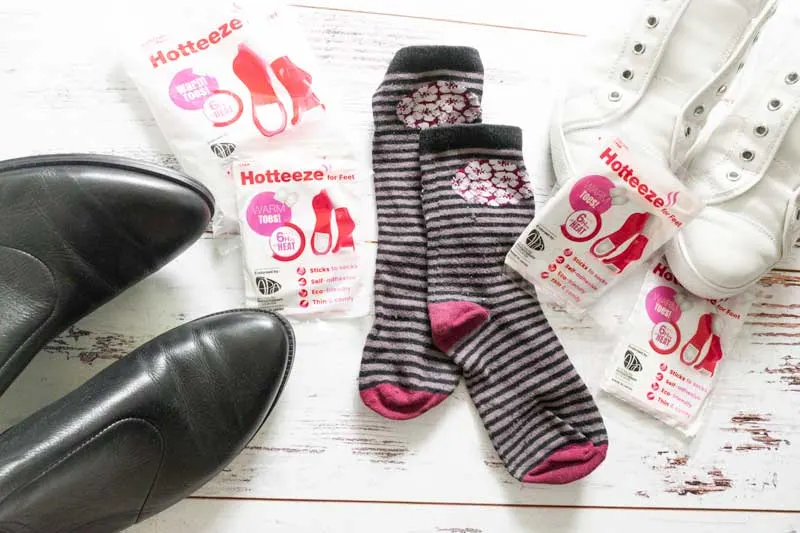
Then there are these feet warmers, absolute bliss in cold weather especially if you are from a sub-tropical area like we are and don’t have a big variety of winter footwear. These feet warmers have a pair in each pack and will keep your toes toasty warm for around 6 hours in an enclosed shoe.
I like to wear them with my super comfy Frankie4 Nats and boot. I’ve been wearing Frankie4 shoes for about a year now. Their shoes are designed by a shoe-loving podiatrist and physiotherapist to correct your foot alignment and look super cute in the process. I love that I can walk all day in them, the cushioning makes them really comfortable and the arch support stops the foot from becoming tired as quickly.
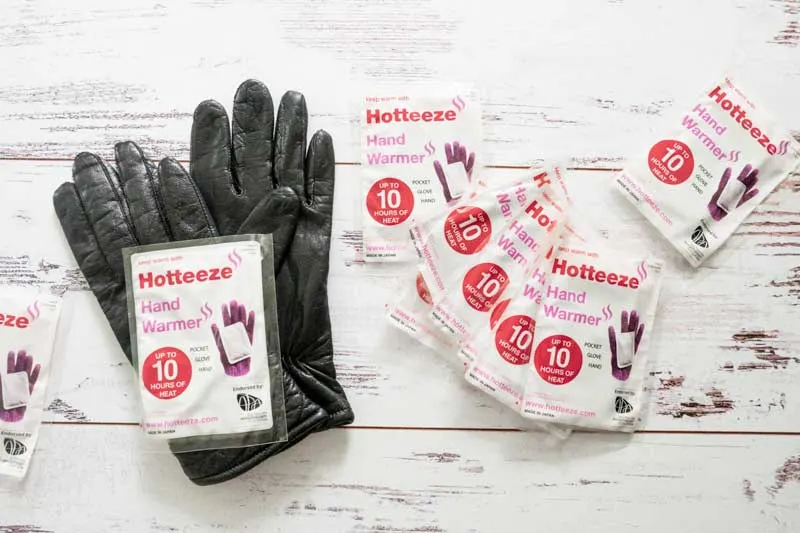
Another option when wearing gloves is the Hotteeze hand warmers, like the toasty toes if the hands are where you feel the cold these are a game-changer. If you don’t wear gloves but often keep your hands in your jacket pocket I’ve also attached these to the inside of my ski jacket pockets. Pure bliss slipping your hands to thaw out your fingers on a cold day.
How do kairo work? Is it safe?
The kairo package contains iron filings, water, vermiculite, carbon and salt. When exposed to air the iron oxidises and heats up over a period of about 10 minutes, it then stays hot for around 12 hours. Only open the packet when you are ready to use it.
All the ingredients in kairo are natural, non-toxic and safe provided you use as directed. In Japanese homes where getting rid of your rubbish is a complex process with a lot of sorting required, the used packets are often emptied into the garden and only the paper sachet put in the recycling, it’s an effective soil conditioner.
As with most products, there are a few warnings around their safe use. If you have reduced skin sensitivity, some people with diabetes experience this, you shouldn’t use the pads as you may not realise it is too hot in contact with your skin, likewise you shouldn’t really sleep in them (yes, do as I say not as I do) and don’t use them on infants or when pregnant.
The sticky side goes onto your clothes not directly on your skin, this avoids any issue of skin allergies or reactions to the adhesive. They are best used on a thin layer of fitted clothing such as a singlet top so they stay firmly in place and you get the maximum warmth. I use them in cold climates attached to superfine merino wool camisoles or technical fabrics which are quite delicate and the adhesive has always come off cleanly without any damage or stretching.
Can the Japanese heat packs be reused?
While they are designed to be a single-use, recyclable product there is an instance where you can and might want to reuse them. I have been told that if you only need to use it for a couple of hours you can stop the oxidisation (and heat) by placing it inside a sealed airtight plastic bag like a ziplock bag until the following day.
I haven’t had the opportunity to trial this out yet but I can see myself giving it a go somewhere like Japan when I want to put on a fresh pack to head out in the evening. I usually have a couple of spare Ziploc bags in the suitcase for liquids at the airport that would work well for this.
As mentioned the packs can be fully recycled with the contents being added to the garden or pot plants and the paper out recycled. If you prefer to reuse than recycle the sachets include activated charcoal which will absorb odours so they can be tucked into shoes in your cupboard to freshen them up between uses.
Where do I buy them?
In Sapporo in winter these were for sale pretty much everywhere, pharmacies, discount stores and train stations were easy places to find them as they were prominently placed. I imagine the snow festival is an optimal sales time for them.
We subsequently found them in stores all around Japan and not only in winter, mostly in places like the 100 yen stores (eg Daiso), sometimes in the corner stores like 7-eleven and regularly in the discount pharmacies that have the big racks and bins of products drawing you in. In winter if you’re obviously foreign and ask for something that sounds anything like ‘kairo’ I’m sure they’ll be able to help you.
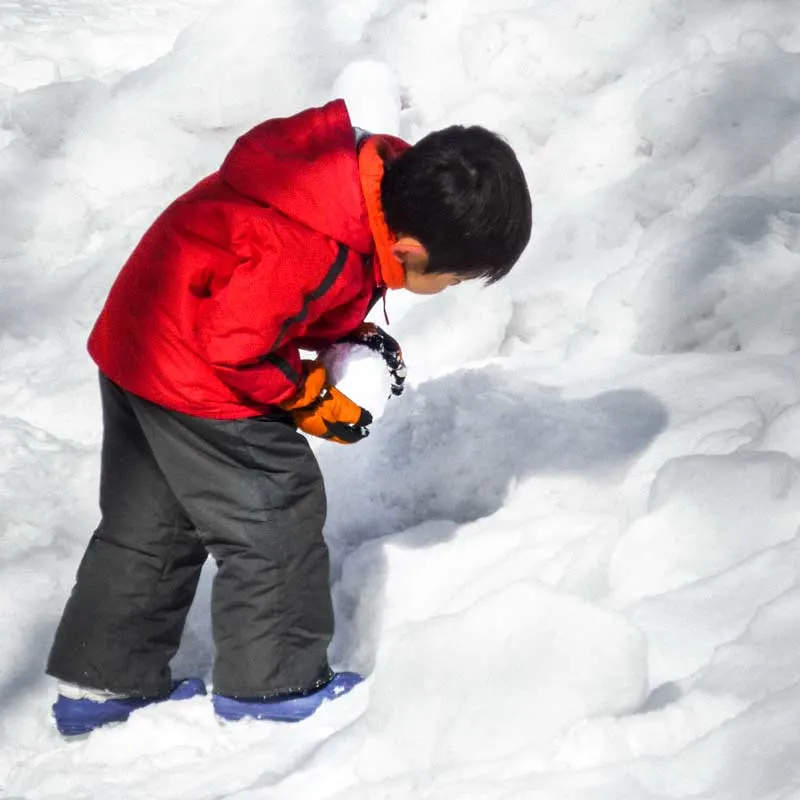
While I stock up when we’re in Japan I’ve recently been looking for these in Australia and they are pretty hard to source in stores. I have a form of arthritis that causes intermittent pain in various joints and heat is a big help in achieving comfort.
The obvious place to look and where I first found them was the international Daiso store. Unfortunately, I’ve had issues with the brand they stock in Queensland not heating up enough and having a shorter head period than I’m used to. I’ve tried two different sizes from two stores and while Daiso staff are good and they have a fair replacement policy they don’t really seem interested in looking into the issue. Having said that I’m told the ones sold in Daiso Victoria which are under different store ownership work fine, just like the ones in Japan.
During winter in the southern states and the Australian and New Zealand ski season, I’m sure there will be even more uses for these both within Australia as well as on our travels.
If you’ve given kairo or a local version of the disposable heat packs a try let me know what you thought. Do you use them to keep toasty warm in cold climates or more regularly to ease the aches and pains?

